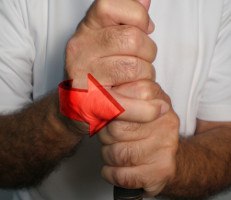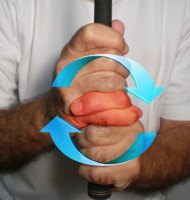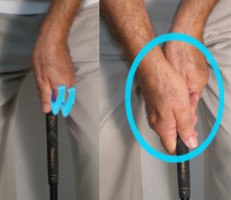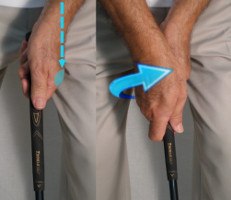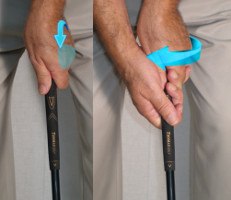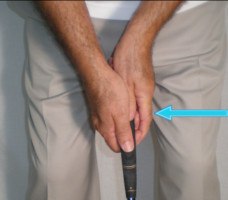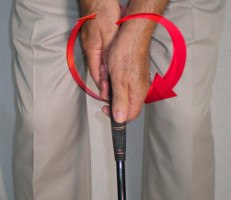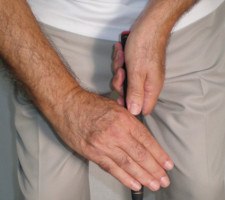Pros and Cons of Every Golf Grip Style |
Best Grip? Overlapping vs Interlocking |
Grip style: Interlocking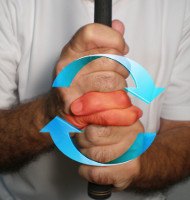 |
Hand position: strong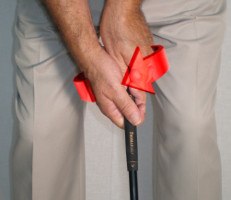 |
Putting grip style / hand position: Reverse overlap / neutral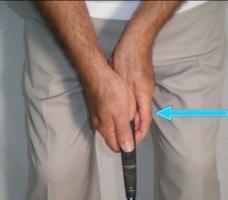
|

In any language, Harris English’s grip would be called “strong.” So would his game.
The former prep phenom and University of Georgia product turned pro in 2011, earned his PGA TOUR card in 2012, claimed his maiden victory the next year and followed it up with a second win in 2014. Now that’s how you start a career.
English starts his swing with one of the strongest grips you’ll see from a pro – up there with the likes of Fred Couples and Paul Azinger. At address, his left hand is rotated so far to his right that all four knuckles appear to the viewer looking face-on. Put another way, the logo on his glove points way, way right of his target. The back of English’s right hand forms a straight, flat line with his wrist and forearm, matching the left hand’s strength.
As you’d expect from a 6’3, 185-pound golfer with a classic power hitter’s grip, English can bomb it off the tee. He averaged 299.2 yards in 2014, 26th on tour.
One more note about English’s full-swing grip: He uses the interlocking method, usually recommended for small-handed players (like Jack Nicklaus). Just because you’ve got big mitts, don’t rule out this grip style.
Speaking of big, Harris English’s grip on the putter holds an oversize handle – a very popular choice among today’s pros. His pre-shot routine is worth emulating. After stepping to the ball, English places his right hand lightly on the putter and aligns the blade. He then takes his left hand grip and, after perhaps two seconds, strokes the putt.
It’s a simple, quick method that can speed up play and eliminate over-thinking.
